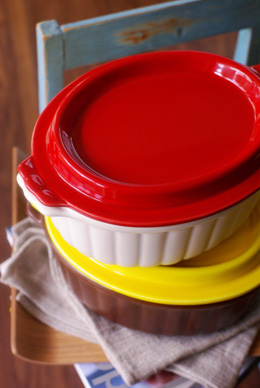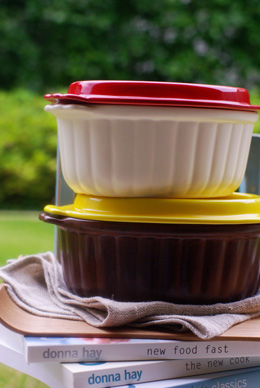The concept
Takemasa Ceramics Inc. was established in 1895. We have been developing and producing ceramic products using the traditional production technique of Yokkaichi Banko-yaki. We ensure a high standard of quality and safety for our products while maintaining the tradition.
We create various products including heat-resistant ceramics with the distinctive traditional Yokkaichi Banko-yaki style (earthen pots, ovenware, and heat-resistant teapots) in Chikusengama, as well as vases and eating utensils designed to match contemporary lifestyle s .
Our heat-resistant teapots for brewing Chinese herbal medicine have been continuously produced since the 1950's without a single change in the production process. Our high quality products are created with passion and have been enjoyed by a great many customers over a long period of time.
We strive to continue offering products made with passion, while maintaining the old Japanese tradition as well as seeking out new styles.
 |
 |
| Company information | |
| Company name | Chikusengama Takemasa Ceramics Inc. |
| Address | 337 Higashi Akuragawa Yokkaichi-shi, Mie-ken Japan 510-0805 |
| Director | Representative Director, President : Susumu Takeuchi (4th generation) |
| Capital | 13 million yen |
| Founded | 1895 |
| Number of employees | 25 |
| Business | Planning, production, and sales of heat-resistant ceramic products, vases, tea utensils, utensils (for commercial use and export), and utensils for home use. |
| contact | usa@takemasa.jp |
| The Origin of Yokkaichi Banko |
In 1736, Rozan Nunami opened the first kiln for Yokkaichi Banko-yaki in Obuke-mura, Mie -gun The name “Banko-yaki” originated when Rozan branded his creation as “Banko” or “Banko Fueki” in hopes that the name remain forever. “Banko” means “having an eternal life that never changes”. After Rozan's death, the creation of Banko-yaki was temporarily ceased. In 1832, Yusetsu Mori of Kuwana reopened the kiln to create utensils for tea and sake, calling his work “Yusetsu Banko”. Banko-yaki became a local industry of the region in the Meiji era. Yamanaka Chuzaemon opened his first kiln in Yokkaichi (Suenaga-mura) and succeeded in creating the pottery. Torajiro M i zutani's revolutionary success in creating semiporcelain in 1912 allowed automation of the production process. This spurred the mass export of Banko-yaki interior decoration, eating utensils and plateware. The current production volume of Banko-yaki is the fourth largest in Japan after Minou-yaki and Seto-yaki. Banko-yaki earthen pots and vases comprise over 70 percent of the market share in Japan. Banko-yaki was designated a Traditional Craft in 1979 .
|
